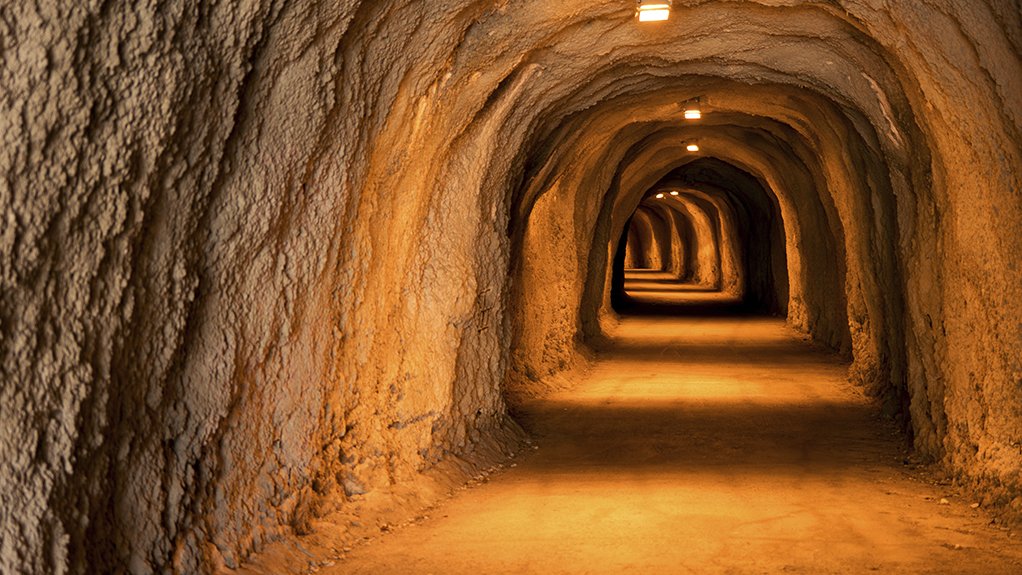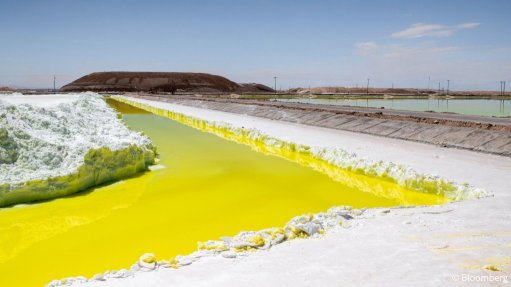Integrated control improves safety


DUST IT UP Within an underground site, there are several sources from which dust can originate
In an underground mining environment, there is a dire need for an integrated approach to effective dust control to improve underground health conditions. Mine ventilation and cooling company BBE Consulting tells Mining Weekly that it is imperative to identify the correct dust control system for the specific mining conditions.
“Because there are so many dust control systems available, it is important to ensure that the correct combination of these systems and technologies is employed to effectively control the dust in a specific mining environment,” says BBE Consulting mechanical engineer Kobus van Zyl.
He explains that, within an underground site, there are several sources from which dust can originate. Dust can be produced through blasting and cutting waste rock and ore; by transporting run-of-mine materials; within run-of-mine transfer points; and even from general work and operations, the movement of machinery and foot and machine traffic.
However, Van Zyl states that there are numerous ways and systems at hand to control airborne dust and pollutants in underground mines.
“These dust control systems can range from water spray dust suppression systems with or without surfactants, dry mist systems, foam systems, various types of filter systems, cyclones, bag house systems, wet scrubber filters, electric dust precipitators, extraction hoods, fall out chambers and general ventilation, to name a few.”
He explains that the best way to mitigate dust production in an underground mine setting is to explore technologies that do not generate dust. He cites, for example, wet drilling. However, if this cannot be achieved, the mine could minimise contaminant release through capture and control at the source and safely disposing of the contaminants.
“Dust production can be further minimised by ensuring that all equipment used is in good working order. This can be done through dust capture and suppression technologies which must operate as designed, for example, accurately capturing velocities at inlets, choosing the right water spray system or spray nozzle type, and ensuring that water pressure and flow rates are correct,” he says.
Additionally, general ventilation can be used to ensure miners do not get exposed to contaminants and can essentially ventilate contaminants to areas where nobody is working.
To ensure an effective dust control system, all the aspects from dust source identification, characterisation, design, construction, monitoring, and maintenance must be integrated.
For the mine to design an effective and robust dust control system, it requires the input of various disciplines. These include occupational hygienists, dust control technology specialists, industrial ventilation specialists, fan and duct specialists, design engineers, flow analysis specialists, ergonomists, construction engineers, instrumentation engineers, commissioning experts, and monitoring and maintenance operators.
A challenge to achieving complete integration for effective dust control is that many of the specialisations work in silos.
“To gain full integration, there needs to be cohesion to ensure a holistic approach. From dust source identification, desktop design to moving underground, there are numerous challenges facing each discipline.
“Changes that might seem minor to one discipline might significantly impact on the practical construction and operation of a dust control system, resulting in negative health impacts. This is why holistic integration across all disciplines is essential,” Van Zyl concludes.
Article Enquiry
Email Article
Save Article
Feedback
To advertise email advertising@creamermedia.co.za or click here
Press Office
Announcements
What's On
Subscribe to improve your user experience...
Option 1 (equivalent of R125 a month):
Receive a weekly copy of Creamer Media's Engineering News & Mining Weekly magazine
(print copy for those in South Africa and e-magazine for those outside of South Africa)
Receive daily email newsletters
Access to full search results
Access archive of magazine back copies
Access to Projects in Progress
Access to ONE Research Report of your choice in PDF format
Option 2 (equivalent of R375 a month):
All benefits from Option 1
PLUS
Access to Creamer Media's Research Channel Africa for ALL Research Reports, in PDF format, on various industrial and mining sectors
including Electricity; Water; Energy Transition; Hydrogen; Roads, Rail and Ports; Coal; Gold; Platinum; Battery Metals; etc.
Already a subscriber?
Forgotten your password?
Receive weekly copy of Creamer Media's Engineering News & Mining Weekly magazine (print copy for those in South Africa and e-magazine for those outside of South Africa)
➕
Recieve daily email newsletters
➕
Access to full search results
➕
Access archive of magazine back copies
➕
Access to Projects in Progress
➕
Access to ONE Research Report of your choice in PDF format
RESEARCH CHANNEL AFRICA
R4500 (equivalent of R375 a month)
SUBSCRIBEAll benefits from Option 1
➕
Access to Creamer Media's Research Channel Africa for ALL Research Reports on various industrial and mining sectors, in PDF format, including on:
Electricity
➕
Water
➕
Energy Transition
➕
Hydrogen
➕
Roads, Rail and Ports
➕
Coal
➕
Gold
➕
Platinum
➕
Battery Metals
➕
etc.
Receive all benefits from Option 1 or Option 2 delivered to numerous people at your company
➕
Multiple User names and Passwords for simultaneous log-ins
➕
Intranet integration access to all in your organisation

















